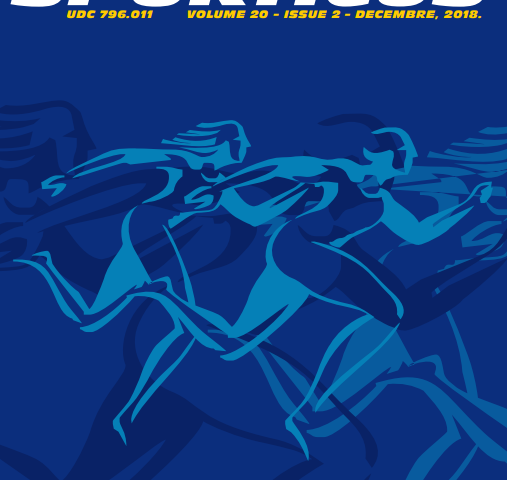Abstract
The basic goal of this research was to determine differences in ventilation characteristics of soccer players in different age groups. The research was conducted on a sample of 66 soccer players competing in the Croatian First Soccer League. The subjects were divided into three age groups: U-15, U-17 and U-19. Along with height, weight, and body mass index, the following ventilation variables were measured: maximum minute ventilation, minute ventilation at anaerobic threshold, respiratory frequency, respiratory frequency at anaerobic threshold, forced vital capacity, forced expiration volume in the first second, the Tiffeneau index, peak expiration flow and forced expiration flows at 50%FVC and 25%FVC. Factorial ANOVA with Fischer LSD post-hoc test was used to determine the differences between groups of soccer players. The load required by a large respiratory minute volume stimulates growth and development of the thorax in young soccer players, thus making the thorax wider, longer and with more capacity. This is how the “athlete’s lungs” are developed, having a larger volume of air, but also blood, and an enlarged surface of pulmonary alveoli. Soccer training strengthens and leads to the hypertrophy of the muscles of respiration, as well as to more economical breathing with lower frequency. Physical strain results in the increased capability of the respiratory airways to conduct air, i.e. the increase of the ventilation function of lungs. Obtained results suggest that the size and function of lungs increase with the increase in the size of the body.


